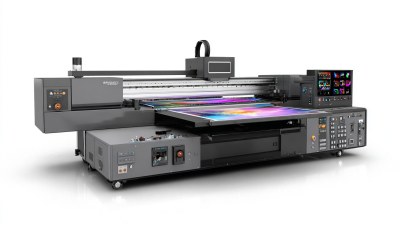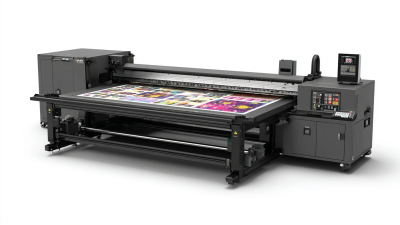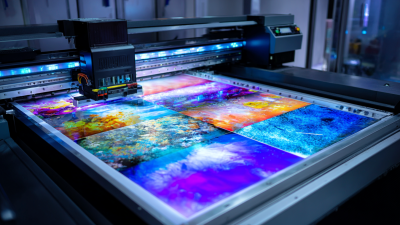Inquiry
Form loading...
The emergence of Industrial UV Printers has revolutionized the manufacturing landscape, offering businesses innovative solutions that prioritize efficiency while promoting sustainable practices. As industries face increasing pressure to minimize their environmental footprint, these advanced printing technologies present a compelling alternative to traditional methods. By utilizing ultraviolet light to cure inks instantly, Industrial UV Printers not only enhance print quality but also reduce waste and energy consumption significantly. This transformative approach allows manufacturers to produce vibrant, durable prints on a variety of substrates without relying on harmful chemicals, thus aligning with the principles of sustainable manufacturing. In this article, we will explore the workings of Industrial UV Printers, their growing popularity, and the profound impact they have on fostering eco-friendly production processes in various sectors.
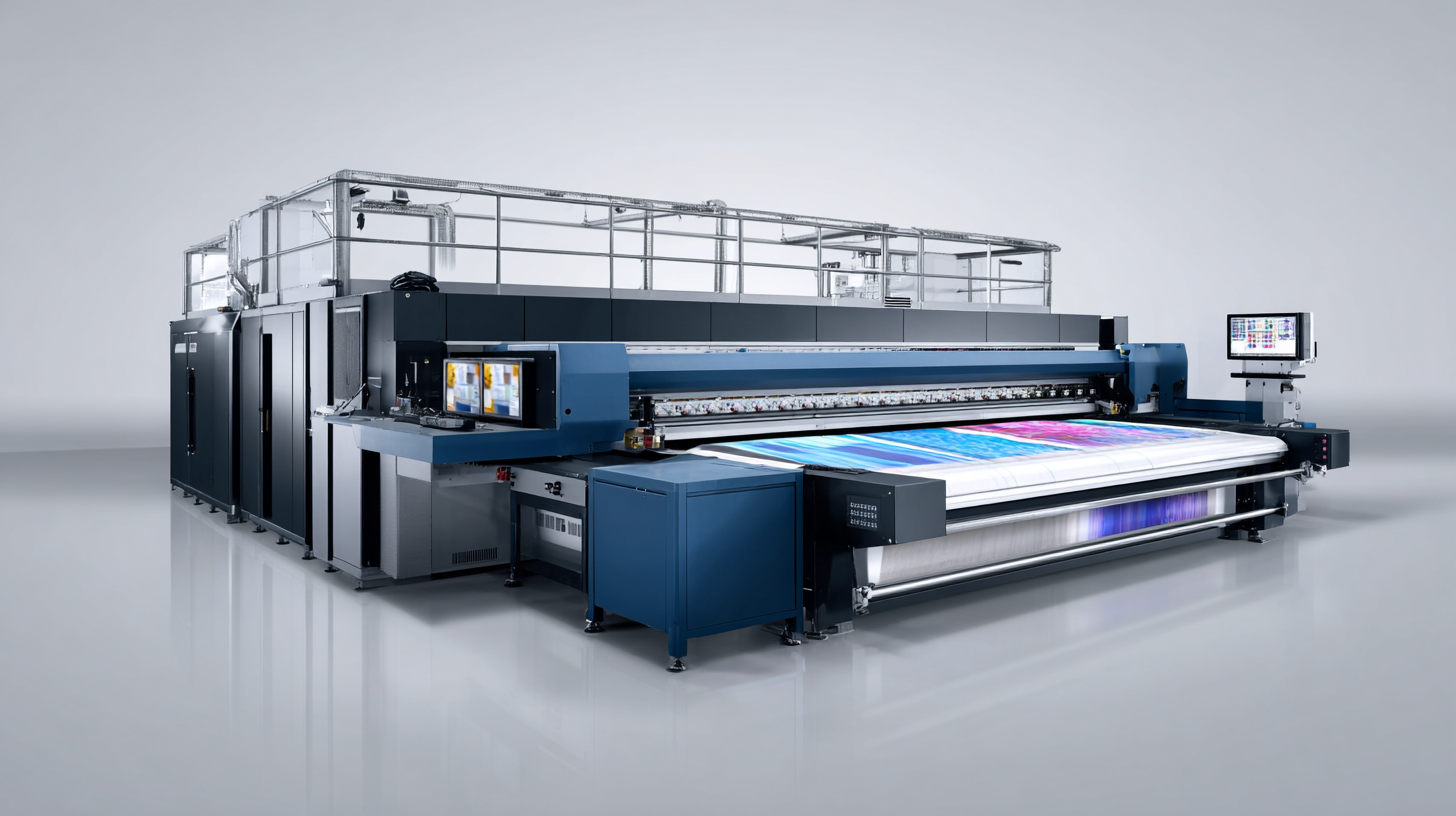
The growing demand for industrial UV printers in sustainable manufacturing is a reflection of broader trends towards environmental responsibility in production processes. As companies increasingly prioritize eco-friendly practices, the adoption of UV printing technology has surged due to its ability to reduce waste and enhance energy efficiency. Unlike traditional printing methods that require solvents and lengthy drying processes, UV printing utilizes ultraviolet light to cure inks almost instantly, minimizing the volume of volatile organic compounds (VOCs) released into the atmosphere. This not only leads to a cleaner production environment but also aligns with the goals of sustainable manufacturing.
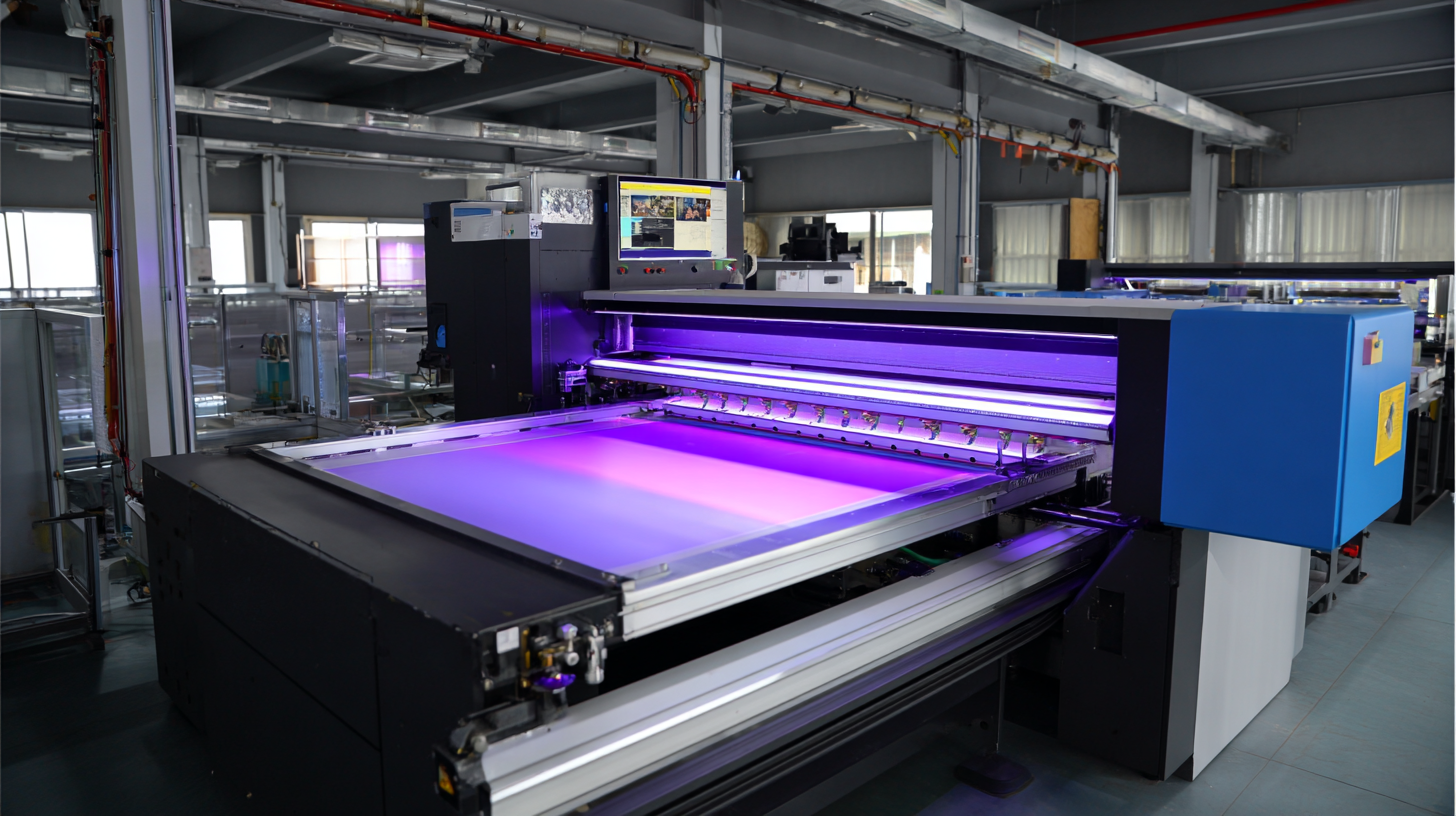
Moreover, the expansion of various markets, including specialty carbon black and flatbed UV printers, suggests a robust appetite for innovative printing solutions that cater to custom printing and packaging demands. The flatbed UV printer market is projected to reach USD 4.5 billion by 2035, highlighted by a growing preference for tailored solutions that meet specific customer needs while adhering to eco-friendly principles. As the film printing market also demonstrates significant growth, projected at a CAGR of over 7.5%, it is evident that industries are increasingly leaning towards technologies that prioritize sustainability while fulfilling commercial objectives.
The rise of industrial UV printers has brought a transformative shift in manufacturing practices, particularly in terms of sustainability. One of the key benefits of UV printing technologies is their ability to significantly reduce volatile organic compounds (VOCs) emitted into the atmosphere. Traditional printing methods often rely on solvents that release harmful emissions, whereas UV printers cure inks instantly using ultraviolet light, minimizing air pollution and enhancing indoor air quality. This shift not only reflects a commitment to environmental stewardship but also aligns with growing regulatory standards aimed at reducing carbon footprints.
Additionally, UV printing technologies offer enhanced energy efficiency compared to conventional options. The immediate curing process means that large amounts of energy typically used in drying and processing can be saved, translating into reduced overall energy consumption. Moreover, UV inks adhere well to a plethora of substrates, including biodegradable materials, thereby broadening the scope for eco-friendly production. As manufacturers increasingly embrace these technologies, they contribute to sustainable manufacturing practices, making a positive impact on the environment while still meeting the demands of high-quality production.
The UV printer market has witnessed a significant uptick in adoption rates, driven by various factors including advancements in technology and a growing emphasis on sustainable manufacturing practices. Companies are increasingly recognizing the environmental benefits of UV printing, which typically uses less energy and produces fewer emissions compared to traditional printing methods. This shift is not only aligned with corporate sustainability goals but also caters to consumer demand for eco-friendly products.
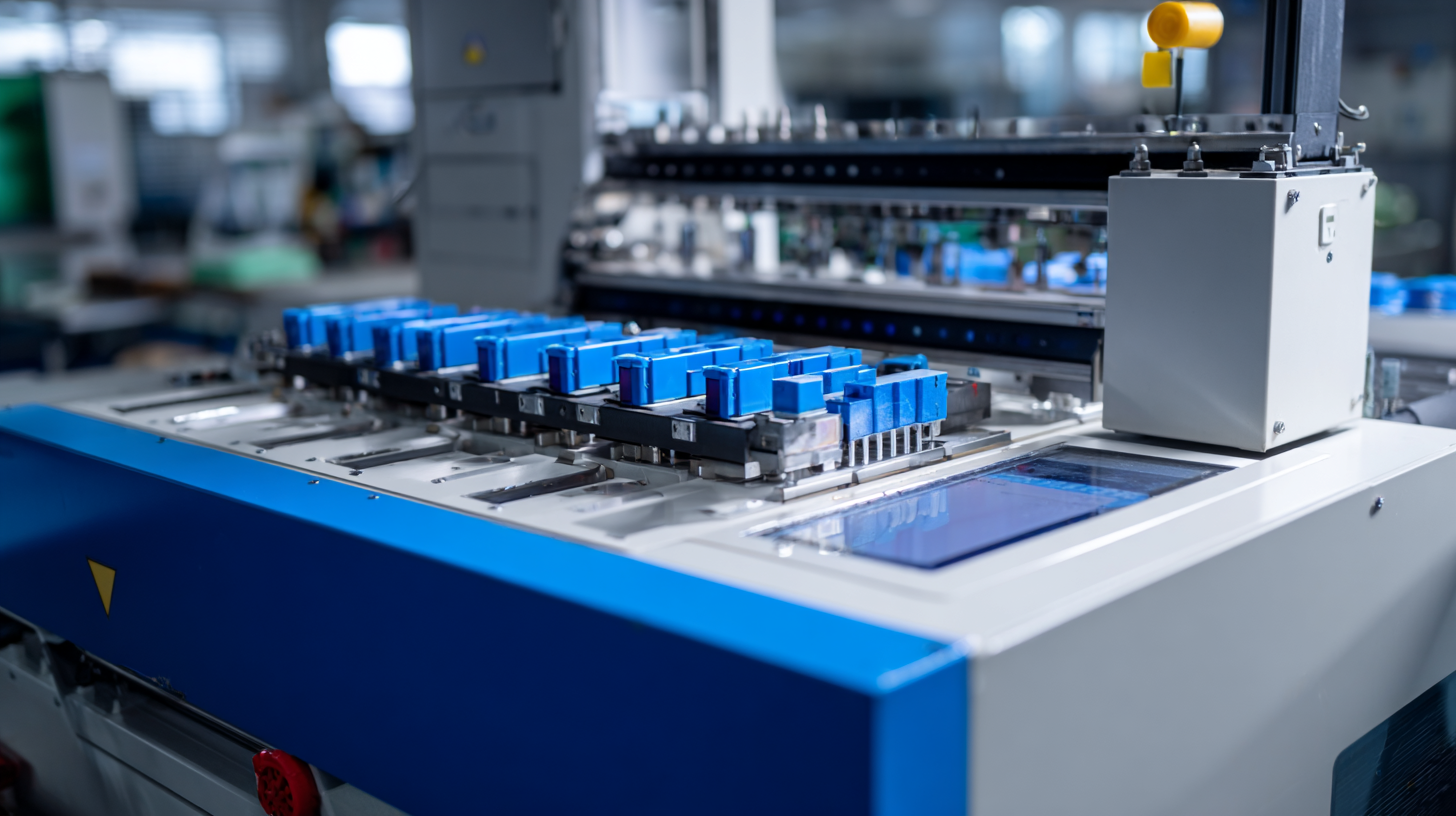
In the context of broader market trends, the rise of UV printers is reflective of changing consumer preferences and technological innovations. A recent surge in industries adopting UV printers highlights their versatility and efficiency in producing high-quality prints across various substrates. As businesses seek to reduce waste and enhance production capabilities, the integration of UV printing technology stands out as a crucial step towards achieving sustainable manufacturing practices.
The industry is expected to continue evolving, with a focus on improved print quality, faster turnaround times, and reduced environmental impact, positioning UV printers at the forefront of modern printing solutions.
The successful implementation of UV printing technology across various industries showcases its versatility and potential to promote sustainable manufacturing practices. In the packaging sector, companies have adopted UV printing to reduce waste and enhance production efficiency. For instance, a beverage manufacturer transitioned from traditional inks to UV-curable inks, which allowed them to utilize thinner substrates and minimize material consumption. This shift not only decreased environmental impact but also improved the speed of production, leading to faster turnaround times while maintaining high print quality.
In the furniture industry, a notable case involves a furniture manufacturer that integrated UV printing into their production process. By using UV printers, they achieved vibrant, durable finishes on their products without relying on harmful solvents or chemicals. This change significantly reduced VOC emissions, aligning with sustainable practices. The ability to print directly onto various surfaces, such as wood and plastics, allowed for intricate designs and customization while streamlining the production workflow. These case studies demonstrate that UV printing is more than just a technological advancement; it represents a crucial step towards sustainable manufacturing across different sectors.
| Industry | UV Printing Benefits | Sustainability Impact | Implementation Case Study Highlights |
|---|---|---|---|
| Packaging | High-speed production, vibrant colors | Reduced waste, energy-efficient | Utilized UV printing for customizable packaging reducing material waste by 30% |
| Textiles | Quick design alterations, intricate patterns | Less water usage, environmentally friendly inks | Shifted to UV printing techniques, decreasing water consumption by 50% |
| Signage | Durability, weather resistance | Longer lifespan, recyclable materials | Transitioned to UV for outdoor signage, extending lifespan by 40% |
| Woodworking | High-quality finishes, versatility in applications | Minimized VOC emissions, sustainable practices | Employed UV printing; reduced chemical usage by 70% |
| Electronics | Precision in component detailing | Reduced waste, improved recyclability | Implemented UV printing on circuit boards, enhancing efficiency by 25% |
The role of UV printers in achieving circular economy goals is increasingly significant as industries strive for more sustainable manufacturing practices. By utilizing ultraviolet light to cure inks during the printing process, these printers minimize waste and reduce energy consumption compared to traditional printing methods. Their ability to print on a wide range of substrates, including recycled materials, aligns with the principles of a circular economy, where resources are reused and repurposed, minimizing environmental impact.
Furthermore, UV printers enhance the durability of printed products, which contributes to sustainability efforts by extending the life cycle of goods. This durability reduces the frequency of replacements and the associated resource use, driving a shift towards more sustainable consumer habits. As businesses adopt UV printing technology, they not only reduce their carbon footprint but also align their operations with the growing demand for eco-friendly practices. This integration of UV printing into industrial processes is poised to play a crucial role in fulfilling sustainability objectives and supporting a transition to circular economy frameworks.
This chart illustrates the projected growth of the industrial UV printer market from 2019 to 2025. The increasing market size reflects a growing trend towards sustainable manufacturing practices, with UV printers playing a crucial role in achieving circular economy goals.
